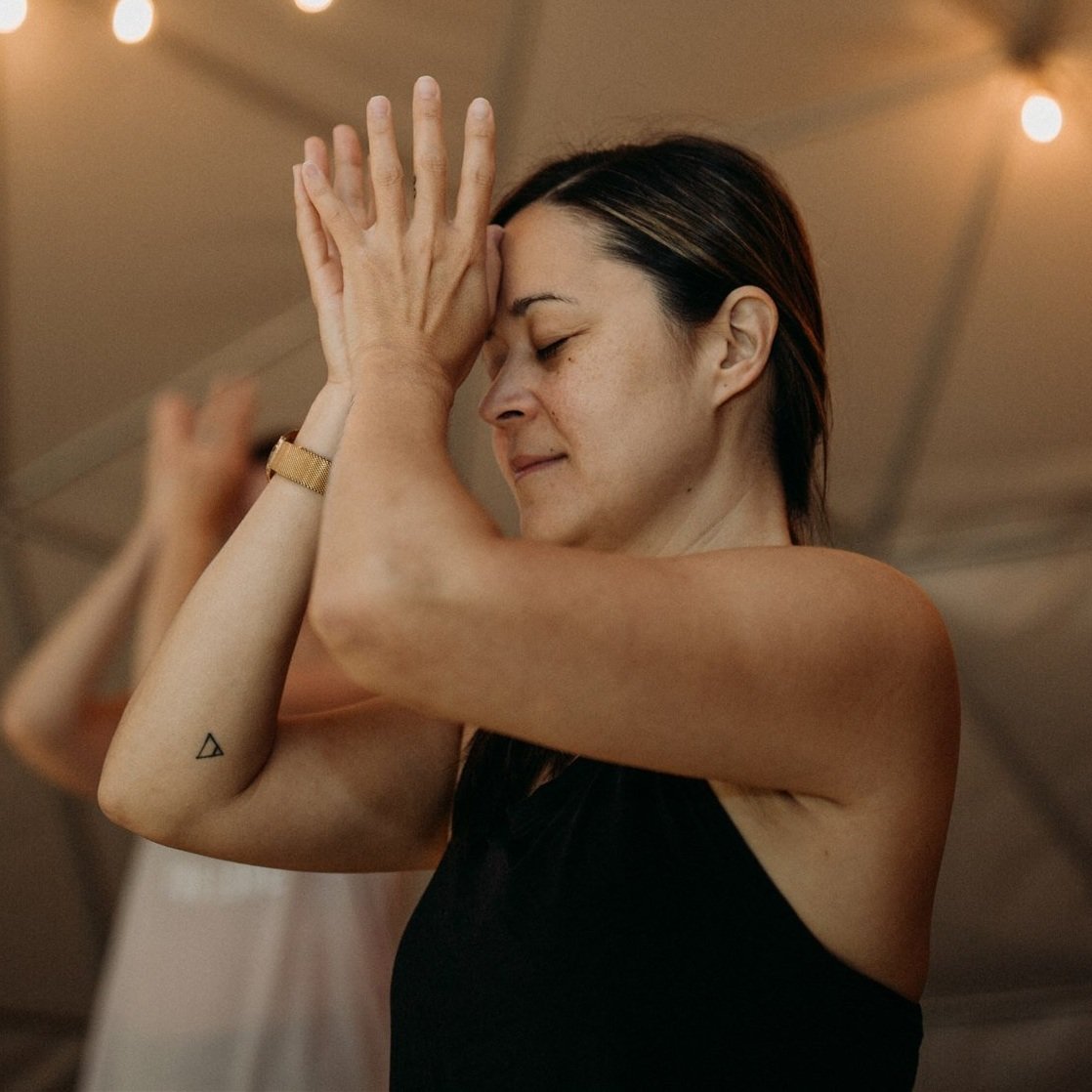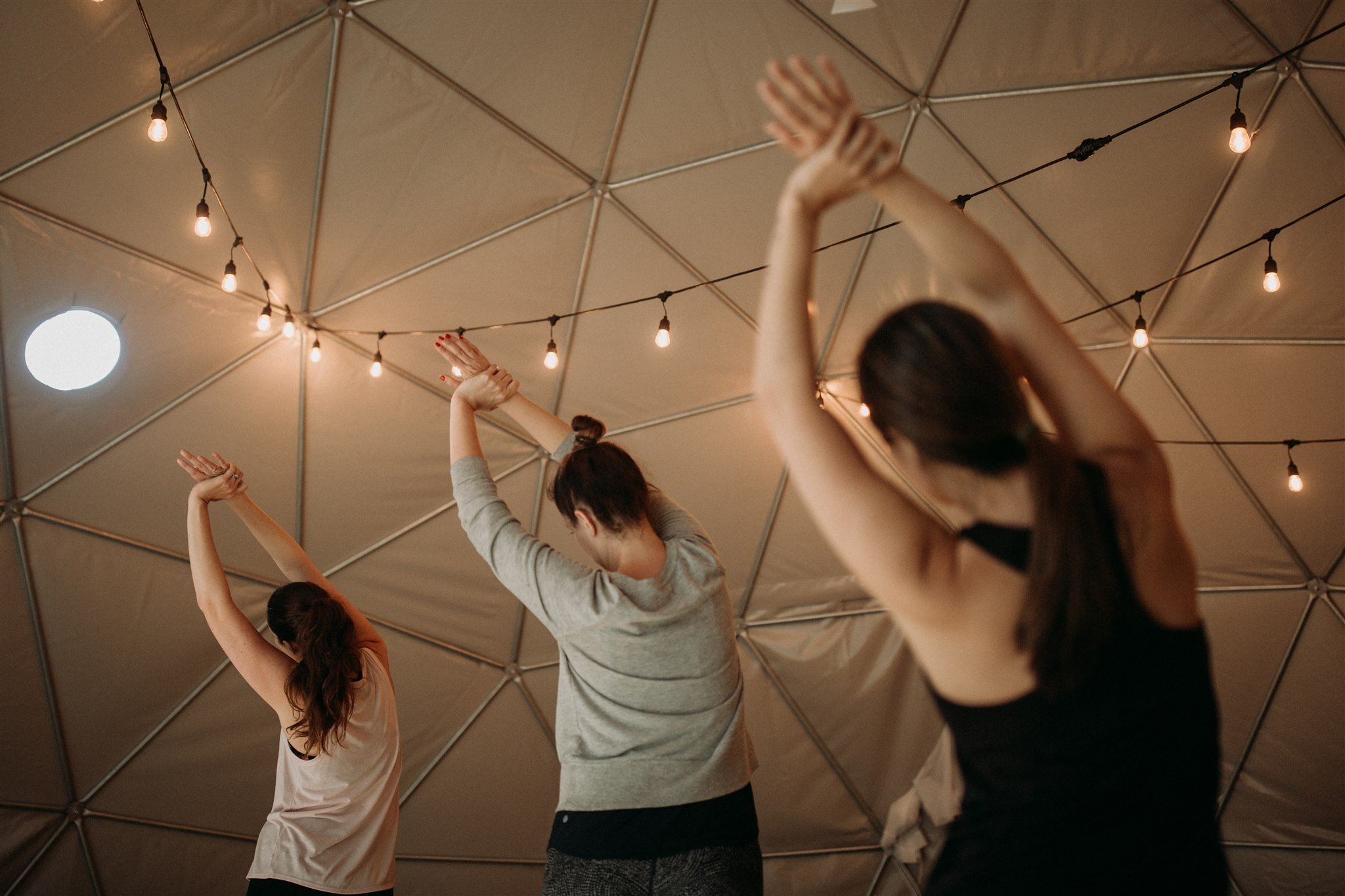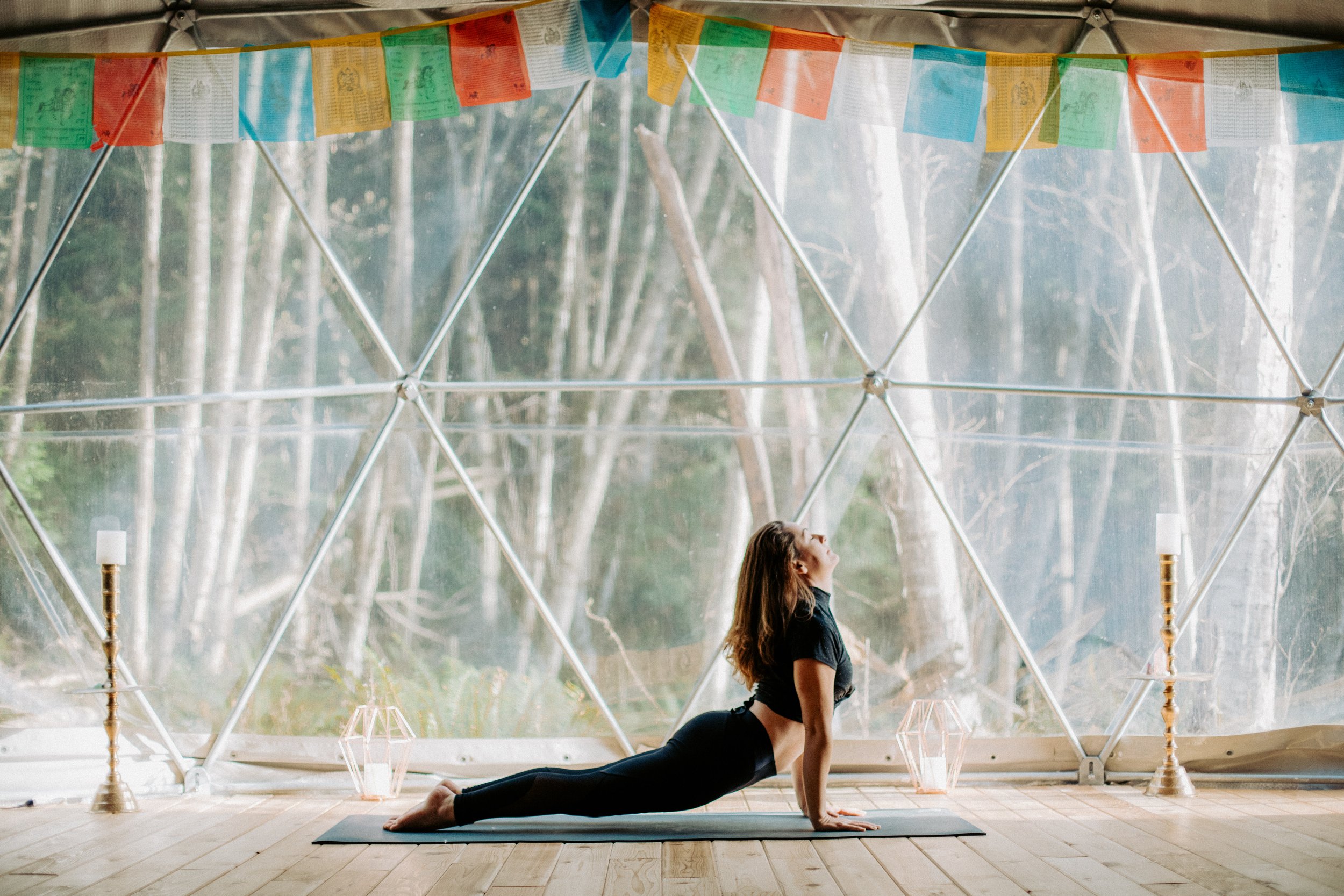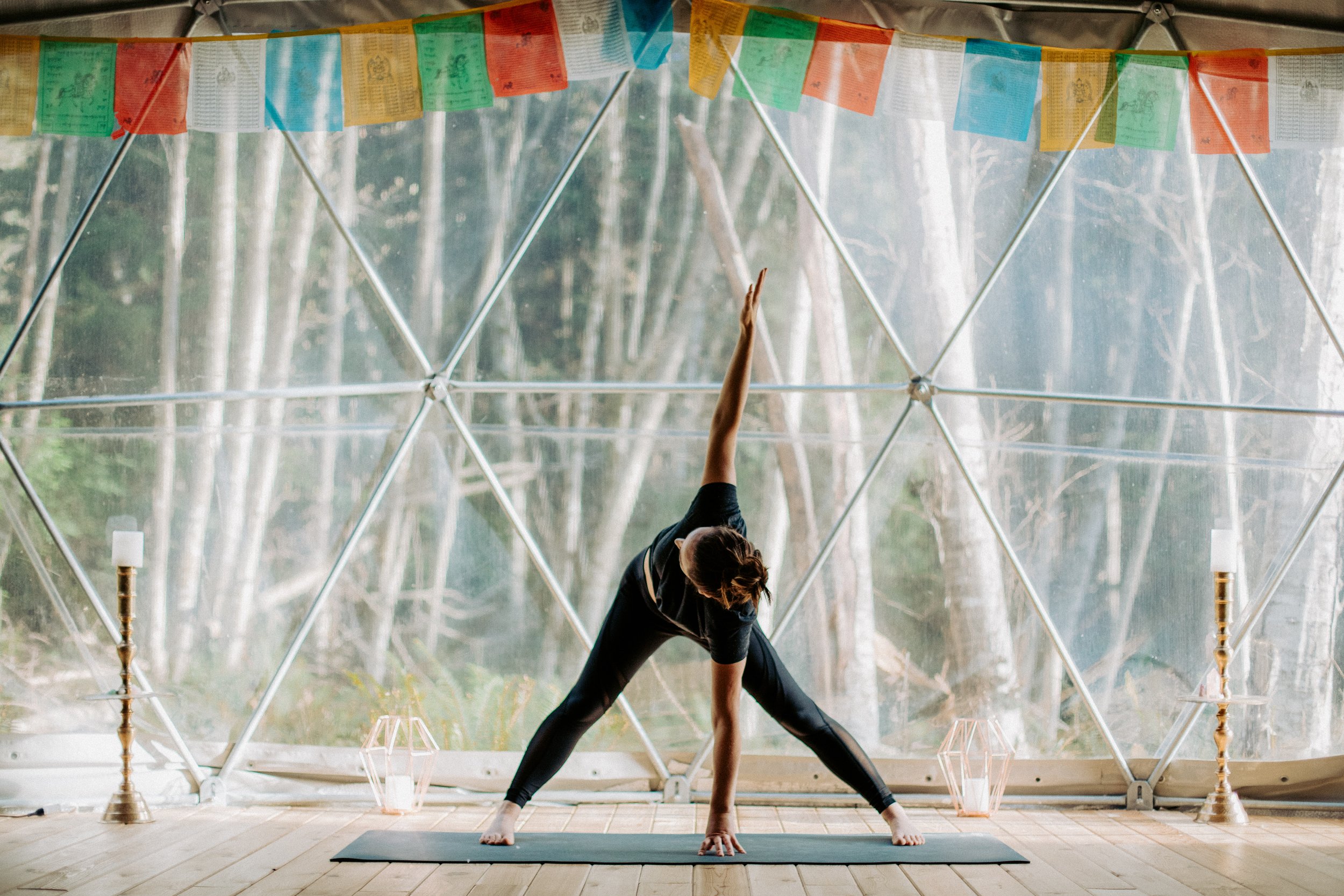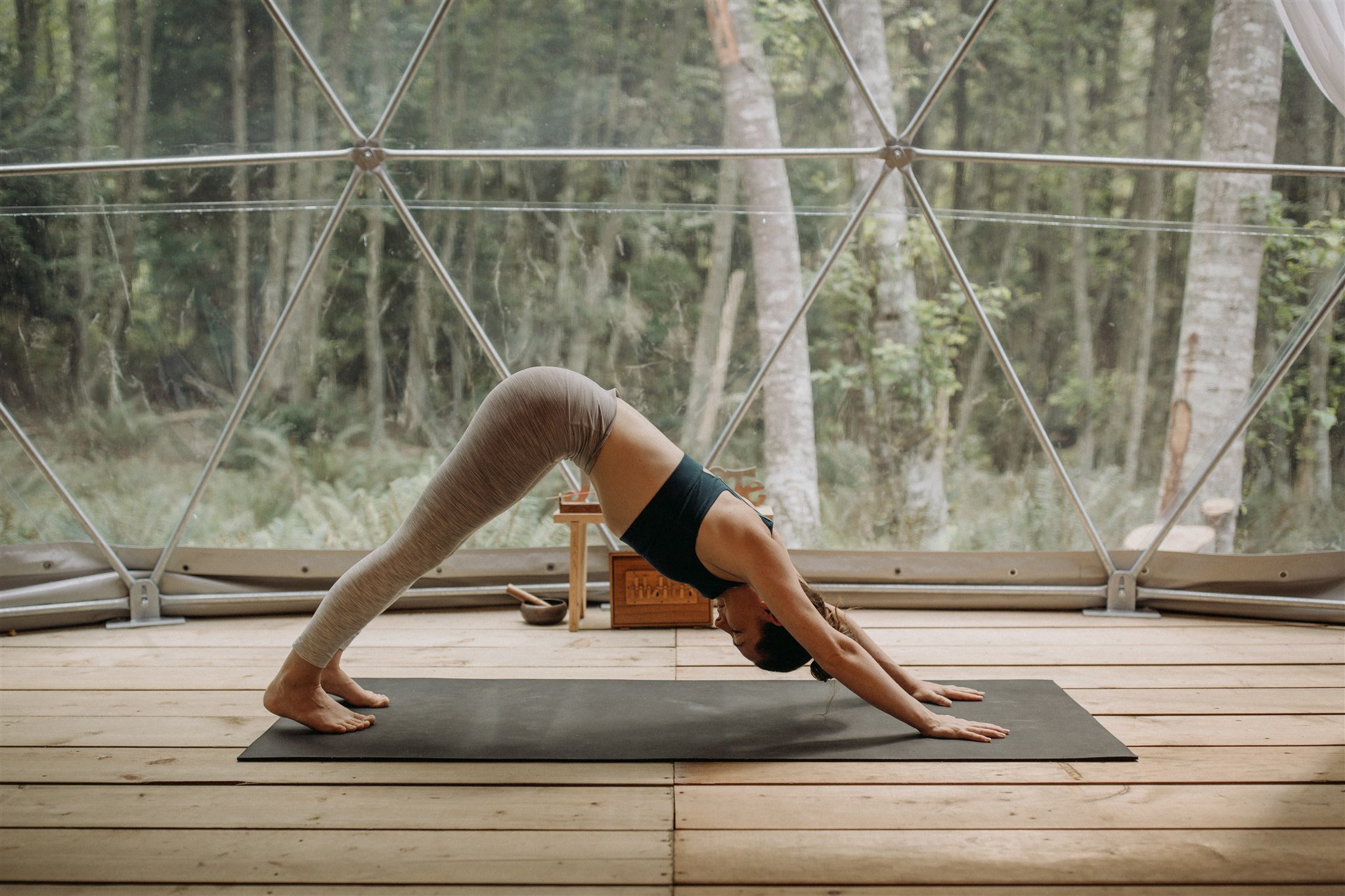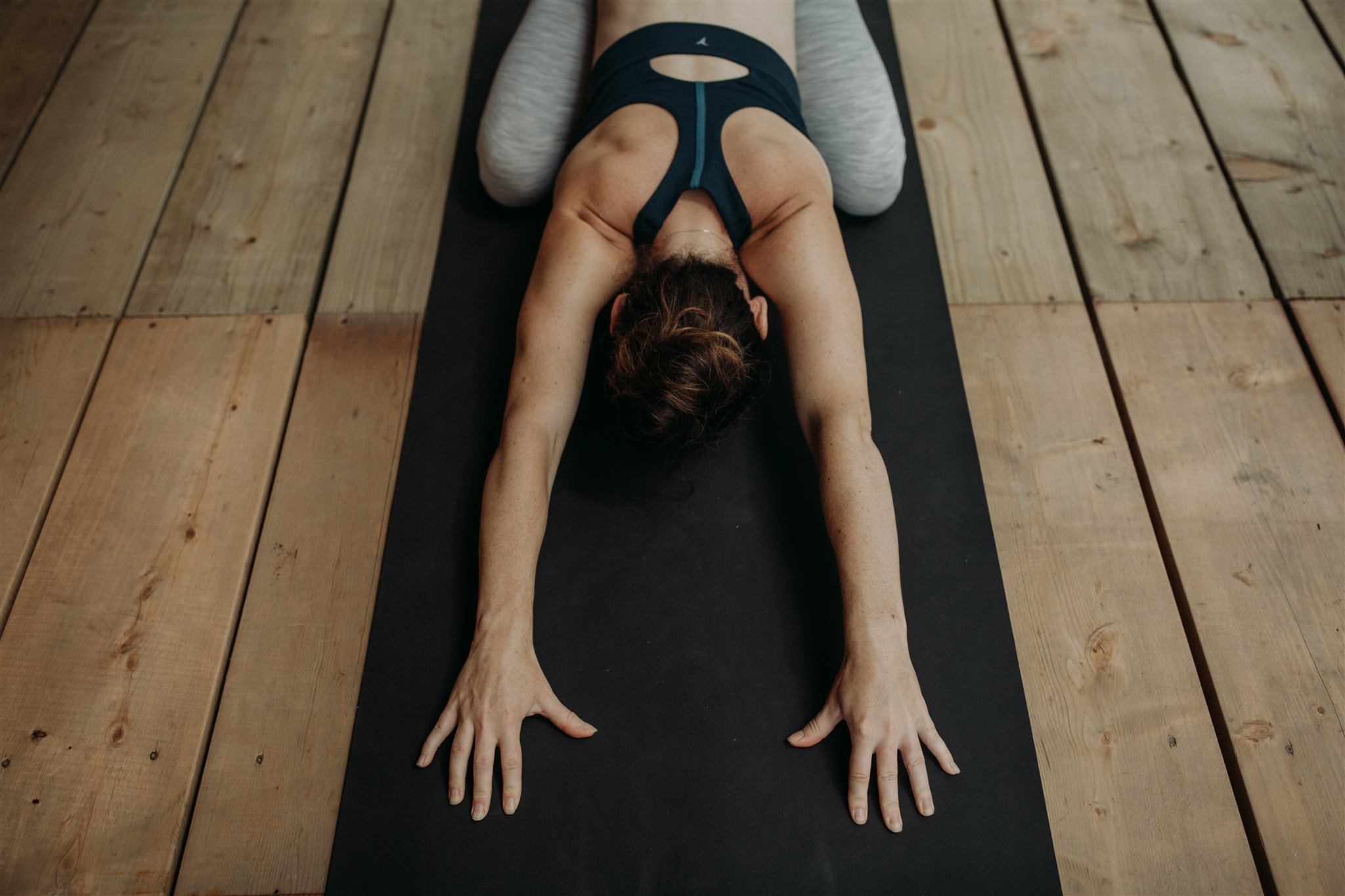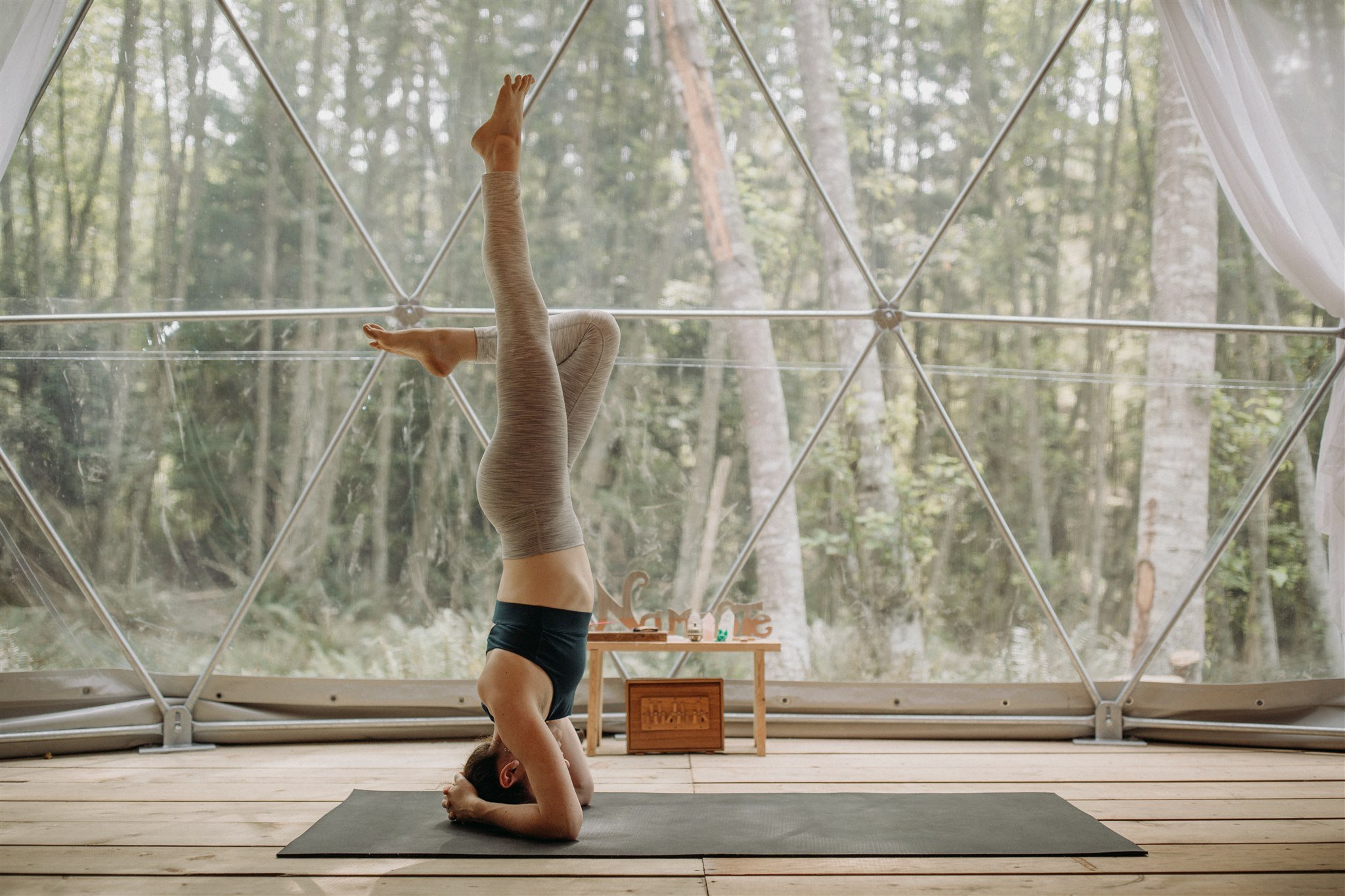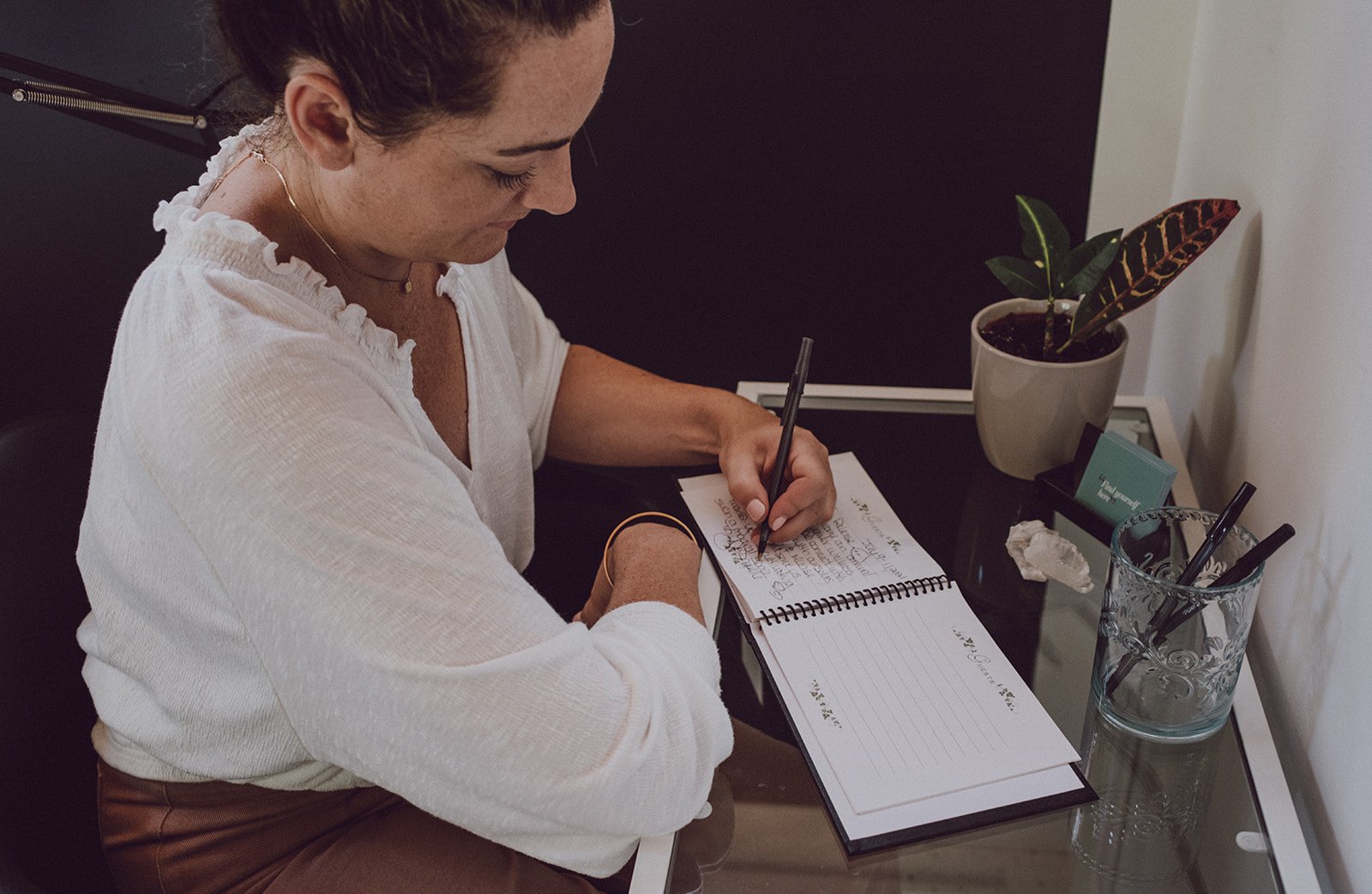Whether you’re starting your yoga practice fresh, or coming back to it after some kind of hiatus, the benefits + gains from it are truly wonderful whilst versatile. However like most new endeavors, when we are in the beginning stages it’s easy to feel overwhelmed, unsure and unmotivated.
Which is why we' have compiled a (hopefully) helpful list of not only the benefits of cultivating your own personal yoga practice, but what lineages you might resonate with, what to look for in modern yoga studios as well as teachers.
Most importantly as you begin to practice yoga, know that this is much more than a form of exercise (that’s yoga Asana, we did a whole blog just about that HERE)
The movement practice of yoga can bring a wide array of physical and mental health benefits, as well as moral lessons that can be applied to day-to-day life “off the mat.”
In Sanskrit, the word ‘yoga’ translates to ‘to yoke’ or ‘union.’ The practice thus encourages us to unite our thoughts, feelings and actions to our present state, while moving forward on a personal path that will allow us to be the best version of ourselves, contribute to the greater good of our communities and society overall.
Some things to consider and reflect upon as you start your search for yoga classes:
How do you typically feel when you try new things and what helps motivate you to stick with it when you feel uncomfortable?
Do you prefer in person or online classes?
Do small or large class sizes feel more appealing?
If you’re choosing online, how often will you go to in person classes? (this is important to check in for proper alignment cues)
Health Benefits: Why Do You Want To Do Yoga
Our sympathetic nervous system controls our fight or slight response. And with daily stresses being the main trigger of this survival mechanism rooted deep in us, we may find ourselves uncontrollably releasing excess adrenaline, a hormone that increases your heart rate and breathing.
This fight-or-flight response helped our ancestors escape or make their way through dangerous situations, like a charging bear, however in the modern-day, the stressful situations we find ourselves in general are not the same life or death threats as our ancestors experienced, thus the adrenaline released is overly excessive. Yoga is excellent at activating the parasympathetic nervous system (which controls the rest + digest aspects of our body) and developing a relaxation response that counters chronic stress.
Other Health Benefits Of Yoga Include:
Improved sleep patterns
Improved strength, flexibility + balance
Increased energy
Less chronic pain
Lighter moods
Can help lower blood pressure
Many people start yoga as a path toward improved health, reduced stress and self-discovery. A sustained yoga practice can help you fulfill these goals.
If going to a modern yoga class is something new, you’ve moved to a new city/area or are coming back to the practice after a personal hiatus, ask yourself the following questions:
What Do You Want To Accomplish?
Your goals may include:
Improved flexibility + balance
Increased strength
Stress reduction
Gain more body awareness
Next, think about what type of class you might prefer. Are you more interested in a relaxing, slower class or an active and challenging one?
Before choosing, we recommend talking to your healthcare provider to make sure the movement practice of yoga is safe for you.
From there, start with a class deemed All-Levels, or even better, something specifically curated for beginners. Look for a beginner Hatha, Yin or Restorative class to attend. If you have some experience and want a class that incorporates more physical movement and strengthening, try Ashtanga or anything labeled ‘Vinyasa’ or ‘power yoga.’
All yoga studios should offer descriptions of their classes and be able to answer any questions you have beforehand. Whether you’re a beginner or an advanced yoga student, there is a class out there that meets your needs.
What Are The Staff + Instructors Like?
A yoga studio with friendly, experienced + helpful instructors will help to motivate you to keep coming back. During your first visit, the studio staff should:
Greet you with kindness
Inform you about the available equipment, such as mats + props, and where you can find it
Offer a tour of the facility
Review the rules of the studio and what to expect with each class
Do You Feel Comfortable During The Class?
Yoga classes should be accessible + inclusive. They should offer a welcoming, supportive environment free of judgment and competition. You should never experience pain or discomfort or feel forced into anything. Be sure attend and support classes that allows students to advance at a pace that’s comfortable and individualized.
As you experience different yoga classes, you’ll find that some classes align with your ideals more than others. Finding a class that focuses on the breath, promotes meeting yourself where your are and makes you feel safe is what matters most.
Find A Teacher Who Will:
Encourage you to stay within your limits. Most yoga injuries happen when you let ego take over and push yourself too hard
Focus on breathwork throughout the class. Breath is the foundation of yoga and is paramount for a healthy, sustainable + proper practice.
Help you modify the postures based on your abilities. This might include using props to help support you or a chair if you can’t lie on the floor, giving cues to safely get you in and out of poses, and offering modifications to poses to make the class accessible to all in attendance
Gratitude to our community near and far, both for taking the time to explore our blog and for walking the path to your best self - we hope this resonated and aids you in finding balance within.
Thanks and credit goes to the resources for this blog provided by the writers at Cleveland Clinic and Jade Yoga
Let us know in the comments below what motivates you to go to yoga class?
All Photos - Nectar Yoga Copyright


